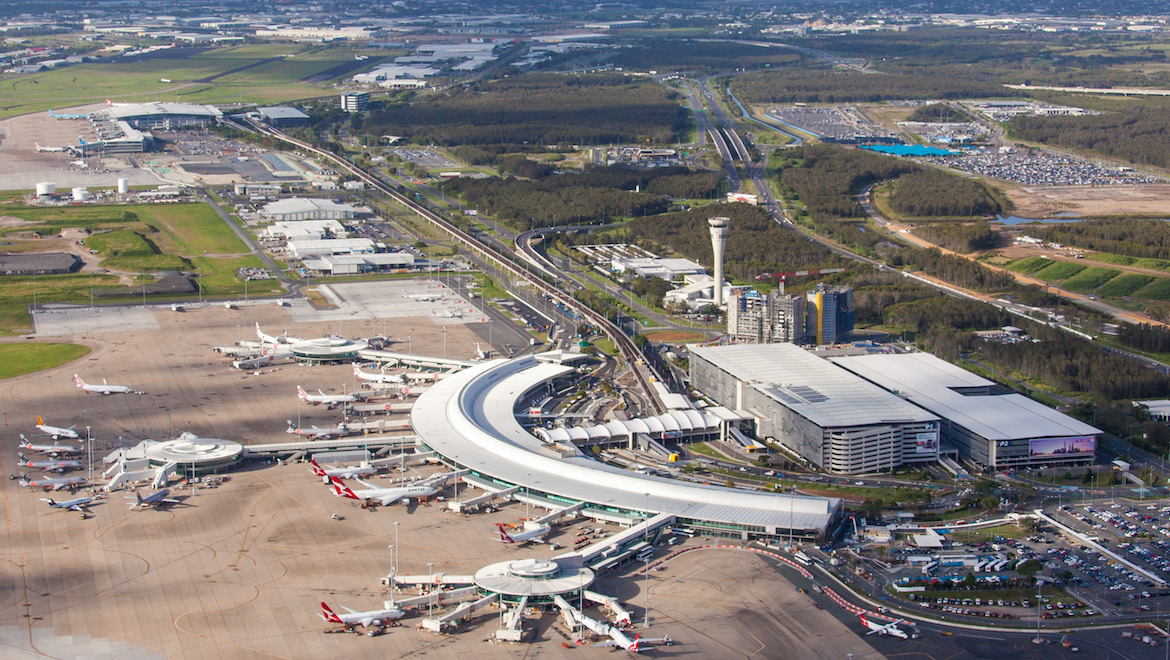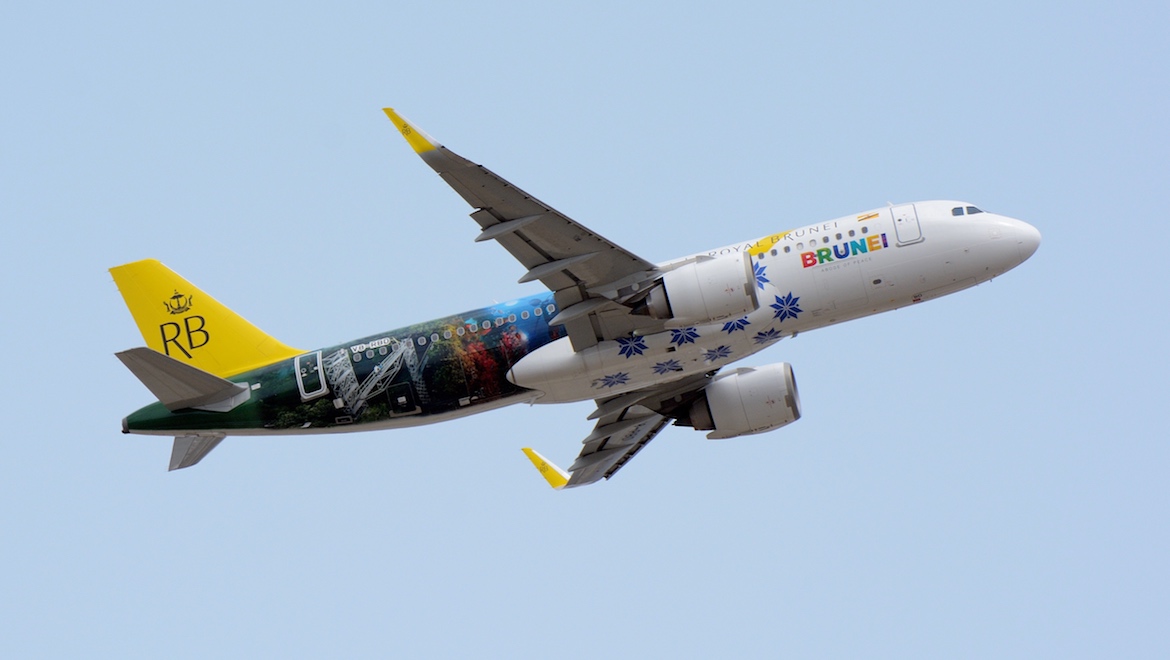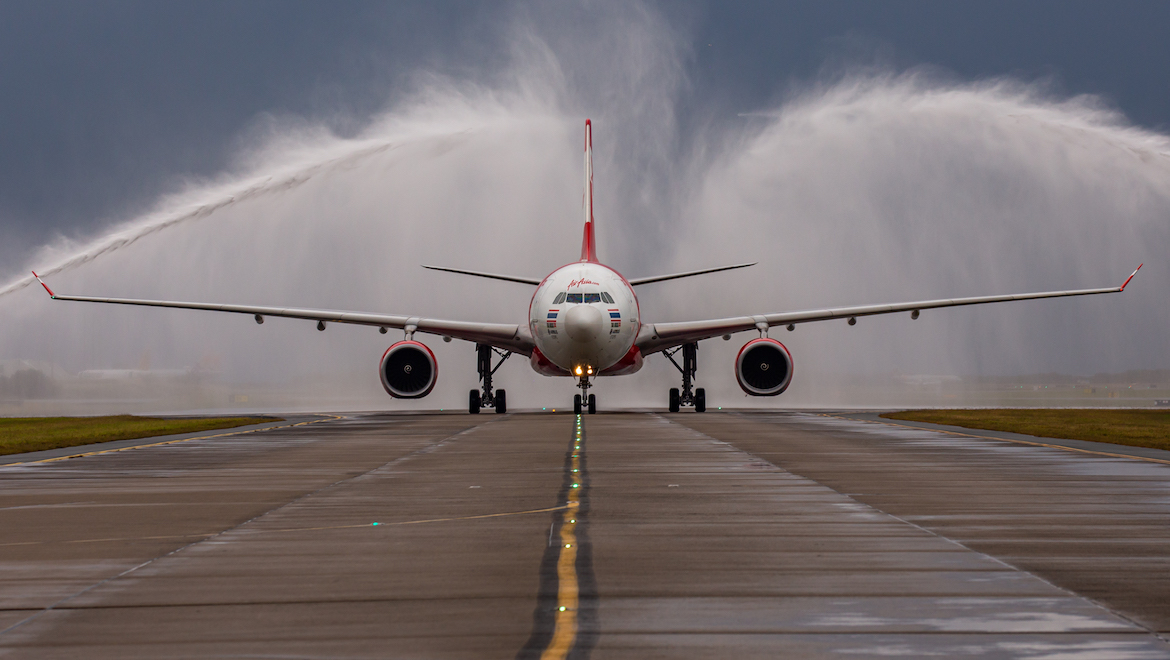
Buoyant international passenger growth delivered a record number of travellers to Brisbane Airport in 2018/19.
The airport said on Friday it had a record 23,782,623 travellers for the 12 months to June 30 2019, up 1.5 per cent compared with the prior corresponding period.
The bulk of the increase came from international passengers, with grew 4.5 per cent to 6.20 million.
However, the number of domestic passengers increased by a slender 0.5 per cent to 17.59 million, mirroring the experience of other airports in Australia.
Brisbane Airport Corporation (BAC) chief executive Gert-Jan de Graaff said the success in growing the number of international passengers was due, in part, to collaborative partnerships and he expected this growth to continue in the period ahead.
Further, de Graaff said a lot of work had been done in the past year promoting Brisbane as the gateway to Queensland and Australia, which had paid off with 13 of Brisbane Airport’s top 15 international markets experiencing growth.
“The partnership between BAC and Brisbane Marketing was a significant turning point in the ability of Brisbane to market itself internationally and, with Brisbane undergoing an unprecedented period of growth, the time is right to further enhance its position as a gateway to Australia,” de Graaff said in a statement.
“This partnership enhances the important support provided by the Queensland Government through its aviation attraction programs and in-market support that not only assist the Brisbane gateway, but helps to maximise the international visitor spend within Queensland.”
During 2018/19 Thai AirAsia X started nonstop flights from Bangkok Don Mueang in June, while Singapore Airlines upgauged its flights to the latest-generation Airbus A350-900.
Air New Zealand also added new routes to Brisbane in 2018/19, while Samoa Airways began non-stop flights to Apia in November.
And since June 30 2019, Brisbane Airport welcomed Royal Brunei Airlines (RBA) return to Brisbane in July, while China Southern Airlines, EVA Air and Qantas have announced plans to increase services on existing routes or launch new routes out of Brisbane.
EVA said it would use the larger Boeing 787-10 from October 19 for seasonal daily Taipei-Brisbane flights between Dec 2019 and Jan 2020; China Southern operating 10 weekly services to Guangzhou over the summer holiday season; and Qantas launching new Brisbane-San Francisco and Brisbane-Chicago services from February 2020 and April 2020, respectively.

de Graaff said nonstop flights into Chicago and San Francisco would open up the city and Queensland to a large underserved US market.
“There is no doubt construction of Brisbane’s new runway has helped draw these services to Brisbane and they are the first of many new airlines, routes and destinations that will grow from this investment, boosting inbound visitation to not only Brisbane, but to Queensland’s regions,” de Graaff said.
“With around 12 months until Brisbane’s new runway becomes operational and with untapped markets set to come online during that time, the potential for growth at Brisbane is exponential.”
While the domestic passenger growth was modest, de Graaff said it was still pleasing to see growth amid less capacity in a market he described as “slow across the country”.

International passengers
The top growth markets for Brisbane in the period were Malaysia (up 48.9 per cent with an additional 17,800 passengers on the back of Malaysian Airlines’ re-launch in June 2018), India (up 12.1 per cent) and the US (up 10.5 per cent).
The airport attributed double-digit growth from the Indian visitor market to new capacity by Singapore Airlines and Malaysia Airlines.
The New Zealand visitor market surpassed 920,000 passengers annually for the first time.
The busiest day at the international terminal was on 22 December 2018 with a record 22,689 arrivals and departures and the highest monthly passenger growth was in August 2018, with 40,239 additional international travellers.

Domestic
Eight domestic airlines flew in and out of Brisbane Airport in 2019, servicing 51 domestic destinations, up two from the previous year with Fly Corporate reinstating services to Wollongong and Dubbo and Jetstar commencing services to Uluru.
Growth on interstate routes was driven primarily by increased capacity across services to Melbourne, Uluru, Canberra and Tasmania.
Melbourne was the best performing route despite capacity remaining relatively unchanged, with an additional 83,000 passengers.
The busiest day at the domestic terminal was during the Queensland school holidays on 28 September 2018, with 61,991 arrivals and departures while April, recorded the highest domestic growth for the year with an additional 65,034 passengers.
On routes within Queensland, Mackay recorded a 5.5 per cent increase in passengers, while Townsville experienced an increase of 2.4 per cent resulting in passenger numbers on the route exceeding one million for the first time.
VIDEO: Some facts and figures on Brisbane Airport’s third runway from the airport’s YouTube channel.












